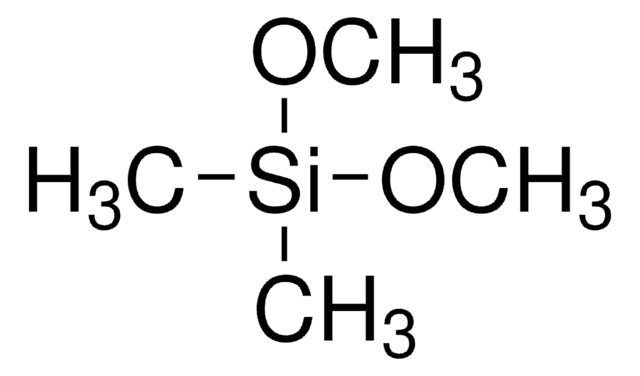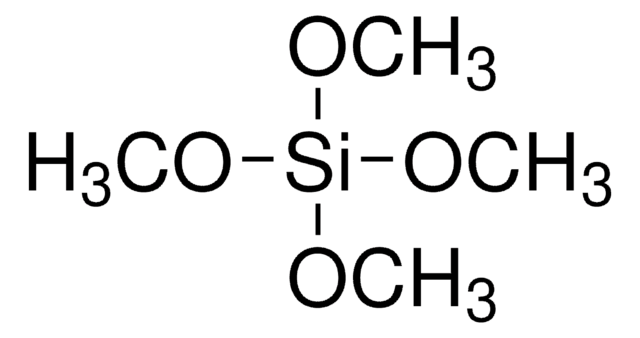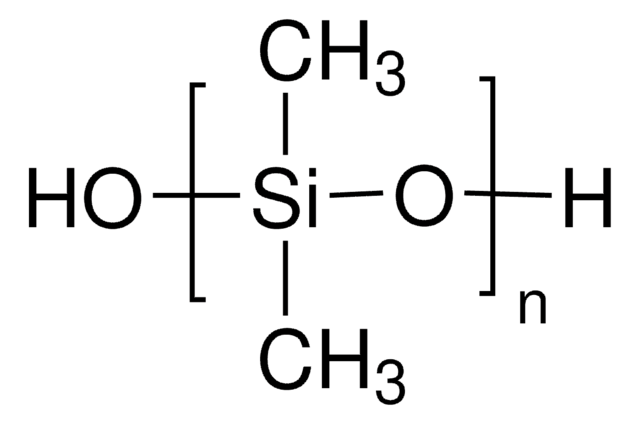235741
Tetrapropyl orthosilicate
95%
Synonym(s):
Tetrapropoxysilane
About This Item
Recommended Products
vapor density
>1 (vs air)
Assay
95%
form
liquid
refractive index
n20/D 1.4 (lit.)
bp
94 °C/5 mmHg (lit.)
density
0.916 g/mL at 25 °C (lit.)
SMILES string
CCCO[Si](OCCC)(OCCC)OCCC
InChI
1S/C12H28O4Si/c1-5-9-13-17(14-10-6-2,15-11-7-3)16-12-8-4/h5-12H2,1-4H3
InChI key
ZQZCOBSUOFHDEE-UHFFFAOYSA-N
Looking for similar products? Visit Product Comparison Guide
Signal Word
Warning
Hazard Statements
Precautionary Statements
Hazard Classifications
Eye Irrit. 2 - Skin Irrit. 2 - STOT SE 3
Target Organs
Respiratory system
Storage Class Code
10 - Combustible liquids
WGK
WGK 3
Personal Protective Equipment
Certificates of Analysis (COA)
Search for Certificates of Analysis (COA) by entering the products Lot/Batch Number. Lot and Batch Numbers can be found on a product’s label following the words ‘Lot’ or ‘Batch’.
Already Own This Product?
Find documentation for the products that you have recently purchased in the Document Library.
Customers Also Viewed
Articles
Silica is a very popular inorganic nanomaterial used in a wide range of applications including fillers for rubber, catalyst supports, separation media, carriers in food and agriculture, and abrasive/anticaking agents in cosmetics. It is also widely believed to be an important material for biomedical applications for following reasons.
Magnetism and magnetic materials have been of scientific interest for over 1,000 years. More recently, fundamental investigations have focused on exploring the various types of magnetic materials and understanding the magnetic effects created by electric currents.
Hybrid organic-inorganic sol-gel materials containing silica were first called “ORMOSILs” in 1984.
Our team of scientists has experience in all areas of research including Life Science, Material Science, Chemical Synthesis, Chromatography, Analytical and many others.
Contact Technical Service









